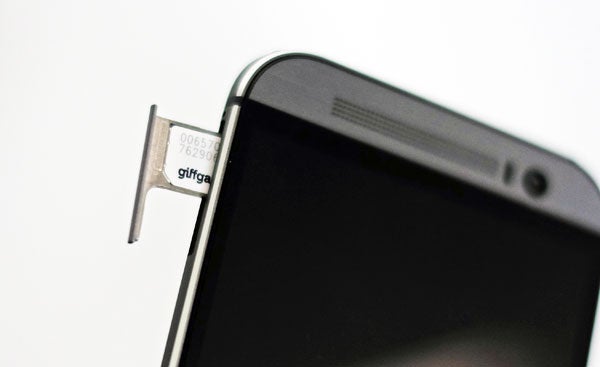ARM wants to kill the SIM card and it could lead to bigger smartphone batteries

Smartphone manufacturers are so desperate to save space within phones they’ve risked a revolt by ditching the 3.5mm audio jack.
Instead of sacrificing a piece of functionality still deemed vital to many customers, wouldn’t it be better to jettison something we’d rather not concern ourselves with in the first place?
Enter silicon designer ARM, which has announced plans to integrate SIM cards within the processor that powers devices.
The new iSIM design takes up a “fraction of a millimeter squared” within the device, according to ARM (via The Verge).
Compare that to the Nano SIM cards, which are 12.3 x 8.8mm and require more space for the housing.
The tech is similar to the eSIM tech Apple has used within the iPad and the Apple Watch, that allows users to access network connectivity and switch between carriers without switching cards.
The new Google Pixel phones also features an eSIM, which, although smaller than the Nano SIM, still takes up 6 x 5mm of space within the phone.
Related: What is an eSIM?
Conceivably the iSIM could be used to create more room for a larger battery or biometric sensors, for instance.
IoT first
However, ARM’s initial plan isn’t to go straight for the smartphone jugular.
It’s focusing on small Internet of Things devices like wireless sensors. It hopes the iSIM will bring down the cost of these products to assist manufacturers with the proliferation of the IoT infrastructure.
ARM says it has facilitated its partners with the plans, who could then choose to adopt the iSIM when building processors from ARM’s architecture.
Once manufacturers get a sense of the benefits, it’s conceivable this tech could be broadened out to other devices, including smartphones.
Would you miss the trusty SIM card slot? Would you rather bring back the 3.5mm jack? Drop us a line @TrustedReviews on Twitter.


